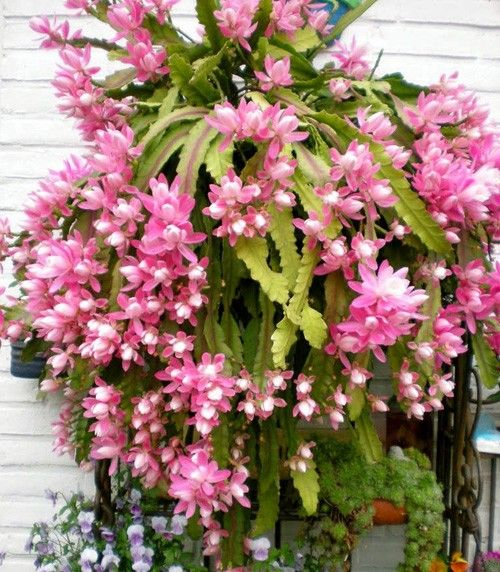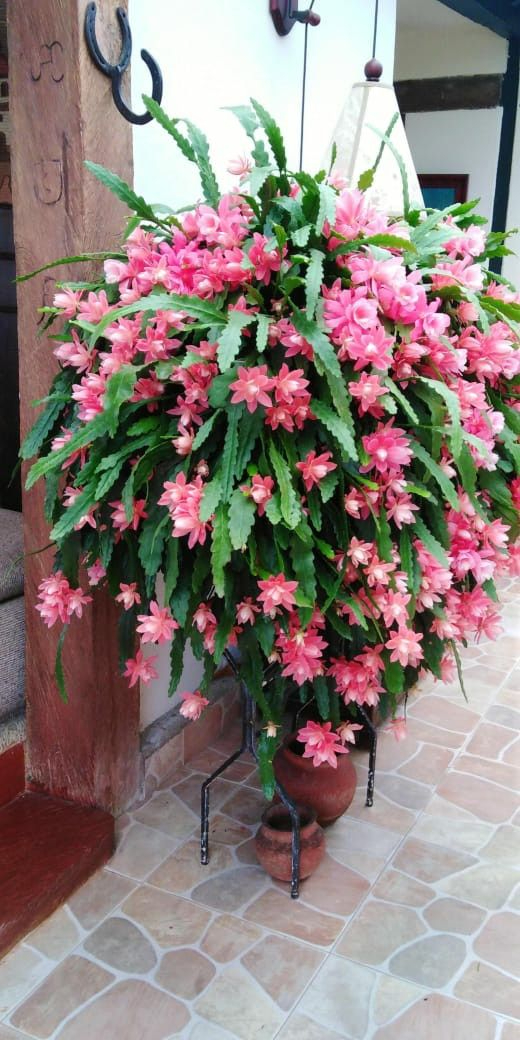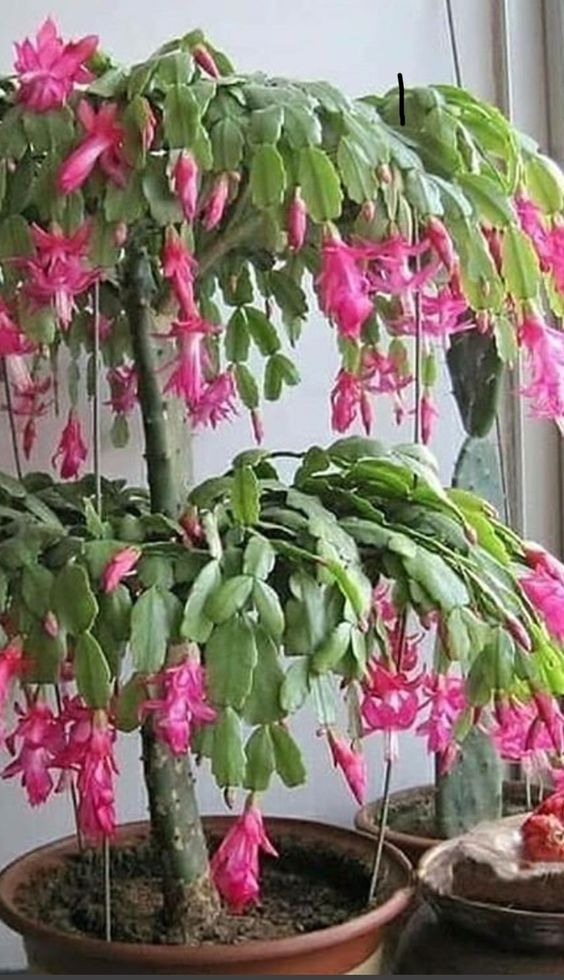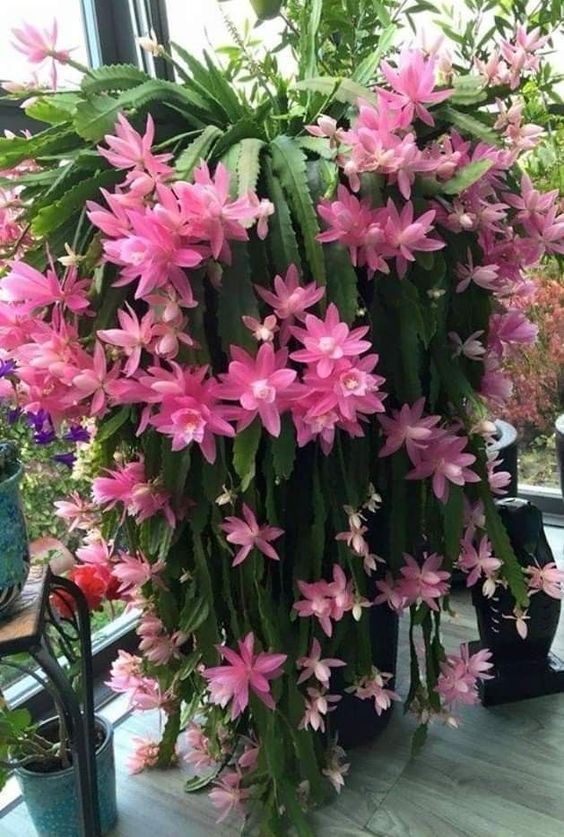The Morning Glory flower is undoubtedly a captivating and diverse botanical wonder. Its vibrant hues, intricate patterns, and profound significance have rendered it a cherished choice among gardens, societies, and people across the globe.

The Morning Glory plant, which belongs to a large genus of plants, is admired for its stunning flowers and twisting vines. Its blooms offer a variety of colors ranging from vivid blues and purples to soft pinks and whites. Some species also display mesmerizing color gradients that enhance their attractiveness. Moreover, the petals’ distinctive shapes and designs make these flowers even more intriguing.
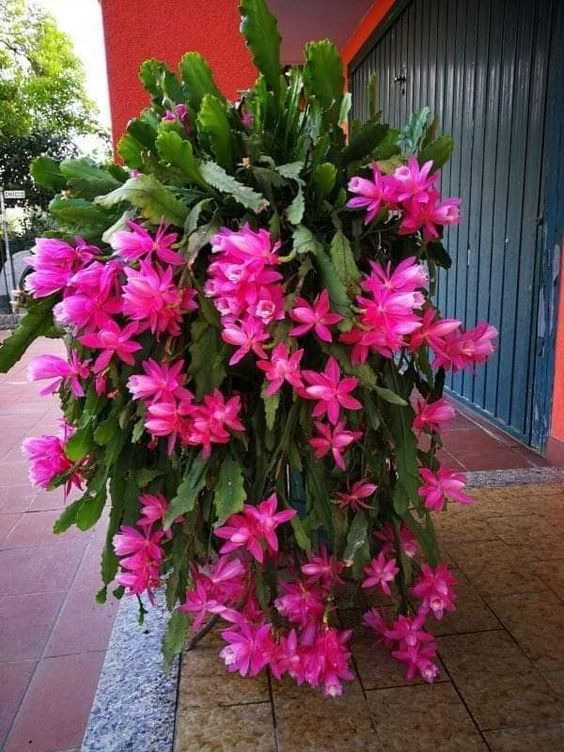
In different cultures and time periods, Morning Glory blossoms have been imbued with various symbolisms and cultural significances. These flowers are frequently associated with love, fondness, and the fleeting nature of life, reminding us to appreciate the present moment’s splendor. In certain customs, they are indicative of rejuvenation and the start of a new day, since they typically bloom in the morning and wither by noon.

The Morning Glory plant is an adored option in gardening due to its adaptability and low upkeep. These plants are a popular choice for enhancing fences, trellises, and arbors, producing impressive arrays of color in outdoor spaces. Their speedy growth and twining habits make them ideal for introducing some height to your garden. Moreover, they are favored by garden enthusiasts who value the splendor of nature since they can self-propagate and propagate.
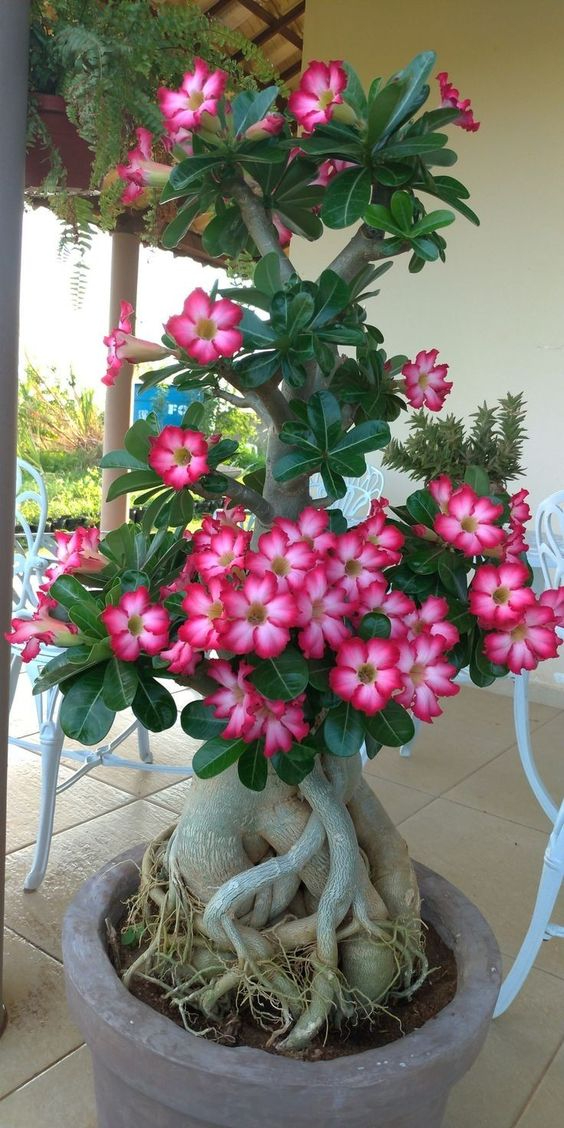
The Morning Glory plant is known for its peculiar blooming habits that have earned it its name. Its flowers are known to open up in the early hours of the morning and then gradually close as the day progresses. This phenomenon is a result of the interplay between light and internal biochemical processes, leading to a natural circadian rhythm. Apart from adding to the intrigue surrounding the plant, this behavior also serves a practical purpose. The Morning Glory’s unique blooming cycle helps to attract certain pollinators, such as bees and butterflies, during their peak hours of activity.
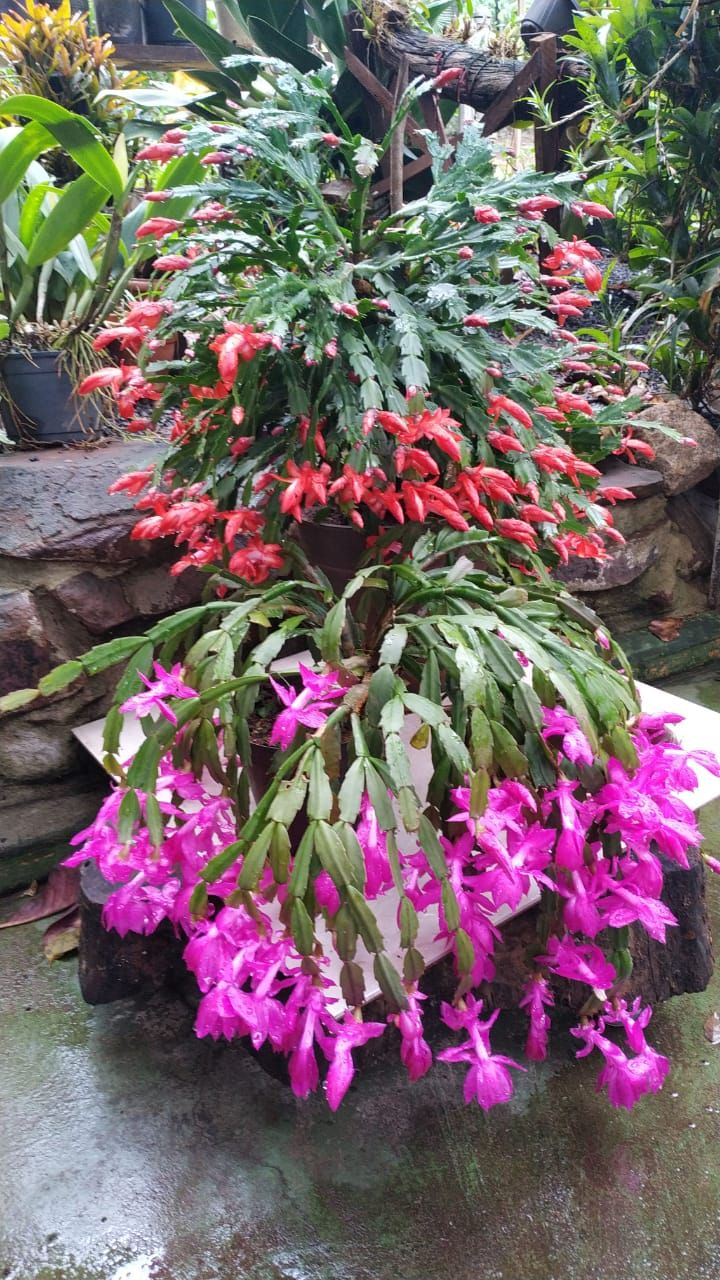
Morning Glory plants are not only pleasing to the eyes but have also been utilized in traditional medicine by various cultures. Certain species have medicinal properties, but caution must be exercised as they may be toxic. Moreover, some cultures use Morning Glory flowers as ornamental edibles or garnishes in their culinary practices.
